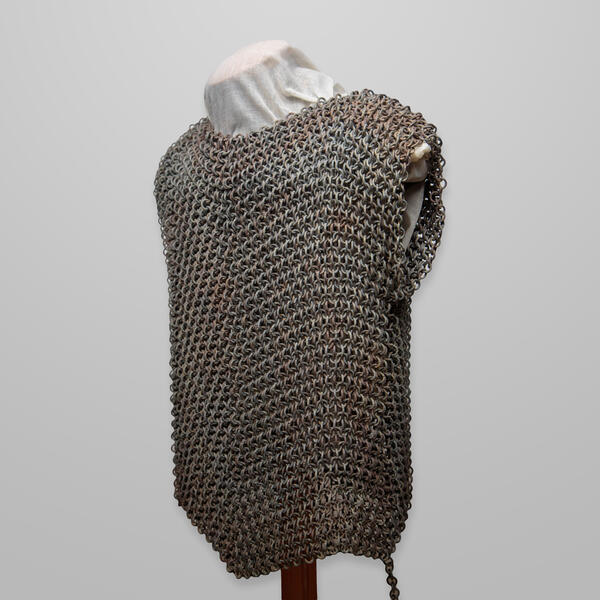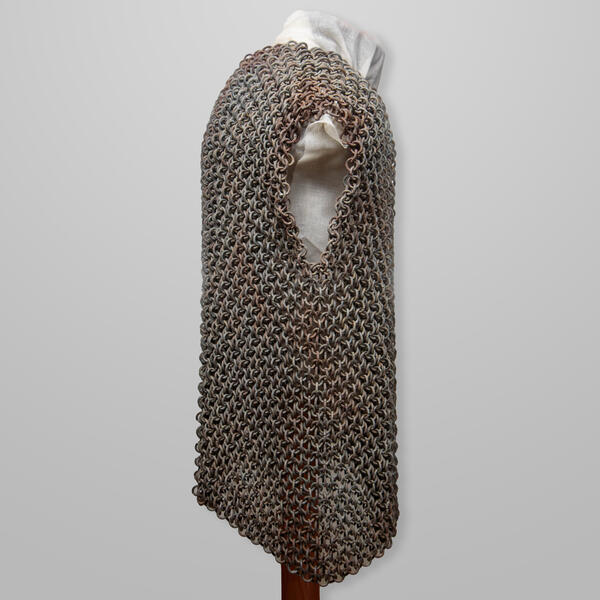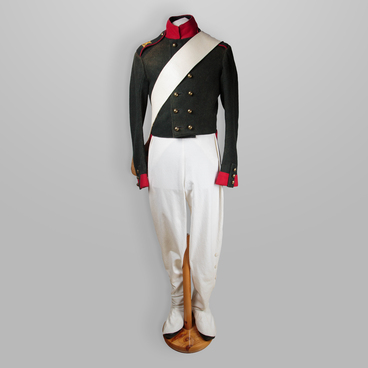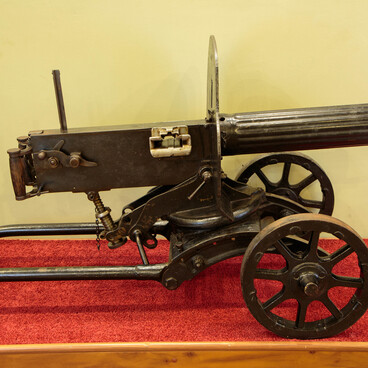The sleeveless chain mail from the museum’s collection is a piece of armor woven from rings made in the late 17th — early 18th century. Chain mail was still used during the reign of the first Russian Emperor Peter I, for example, in Western Siberia. To create this artifact, the master opted for the 4-to-1 pattern, where each ring of the sleeveless chain mail is linked with four others. Interestingly, he also used double weaving for the chest area, that is, the 8-to-1 pattern.
Although it took a large number of rings to make one chain mail, overall, the manufacturing process was very simple. Chain mail became popular in Europe and Asia. There were many variations of chain mail — from mail shirts covering only the torso and shoulders, to ones that covered the body completely, from head to toe.
To create chain mail, one needed only a few kilograms of iron. The master drew wire into rings using a special device. If the links were damaged, it was easy to replace them.
Researchers believe that
chain mail was called “bronya” (armor) in Old Russian chronicles. The modern
Russian word for chain mail “kolchuga” appeared only in the era of Muscovite
Rus. The Soviet and Russian archaeologist Anatoly Nikolaevich Kirpichnikov
noted,




